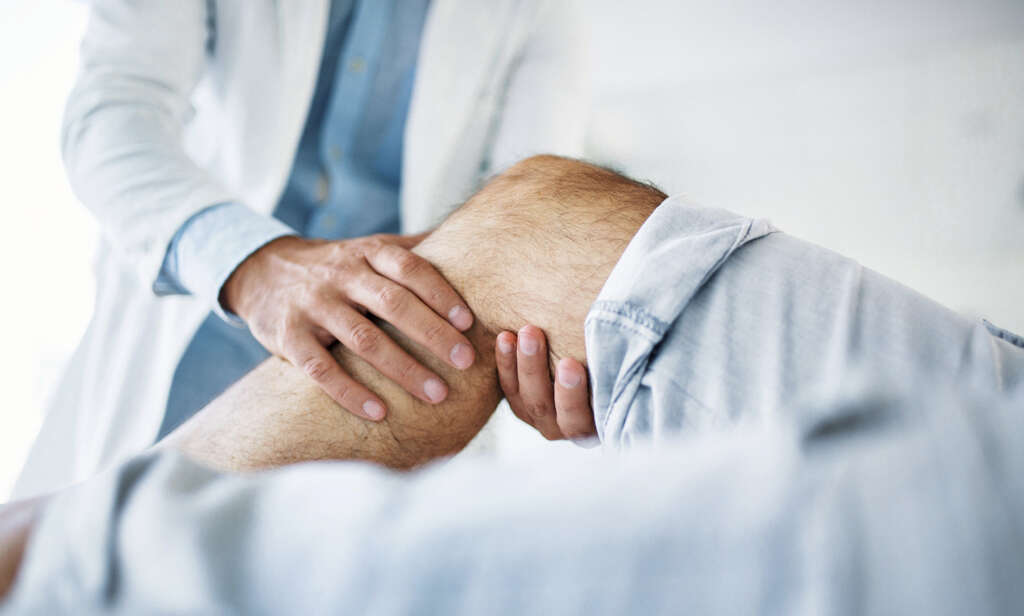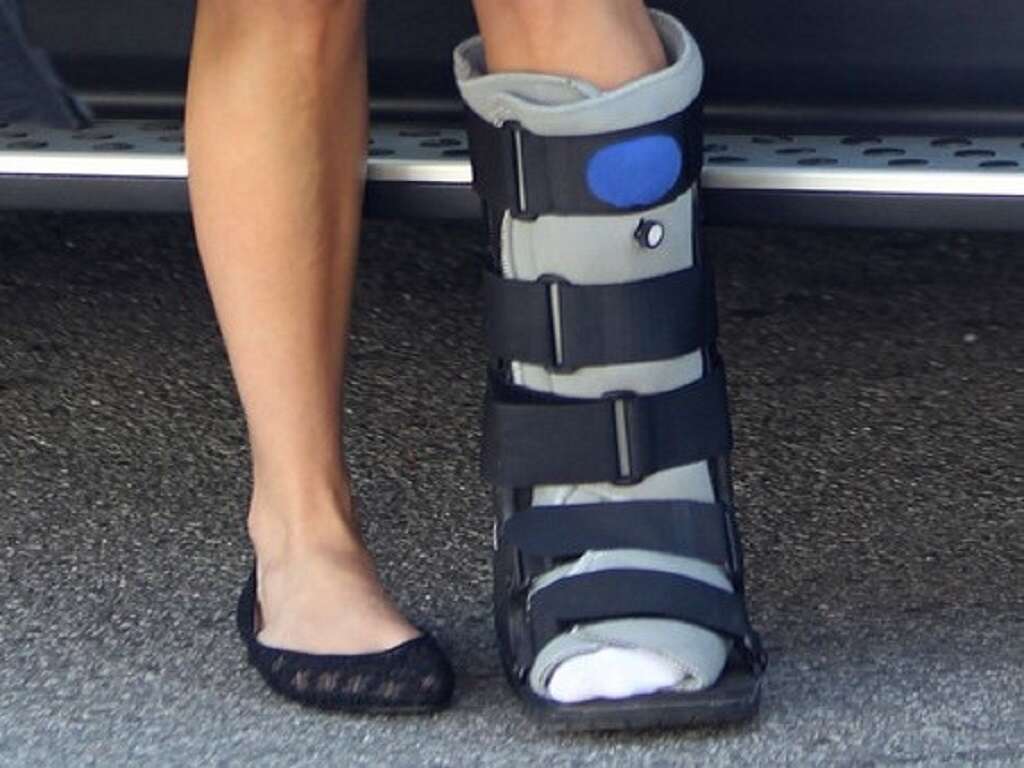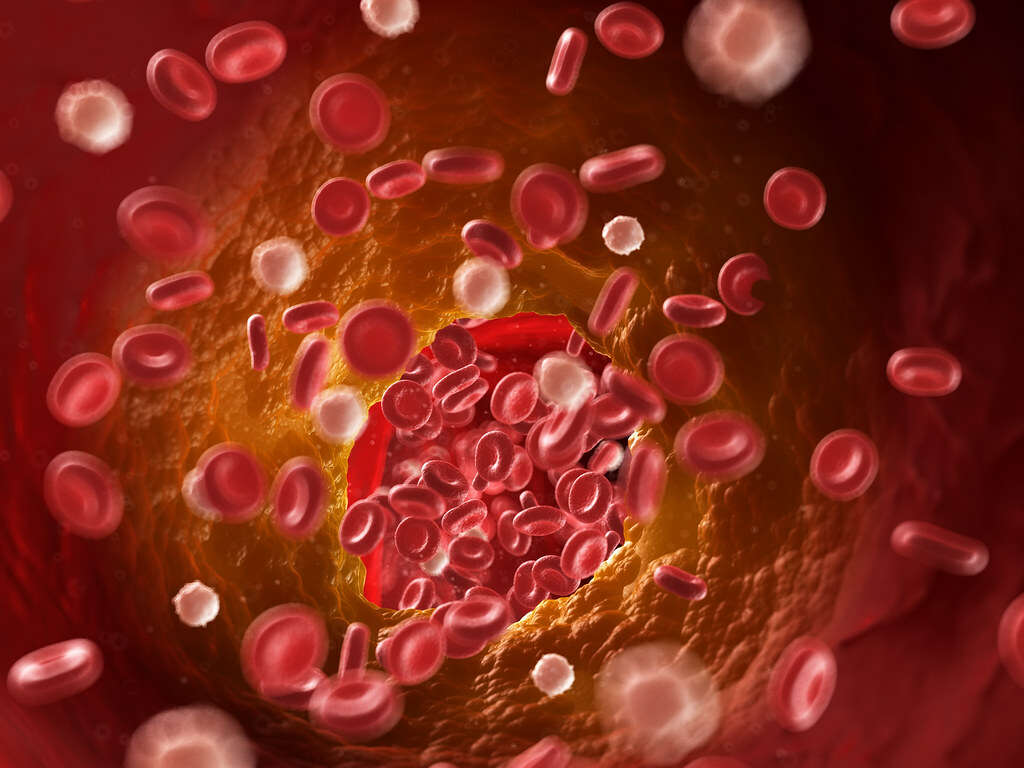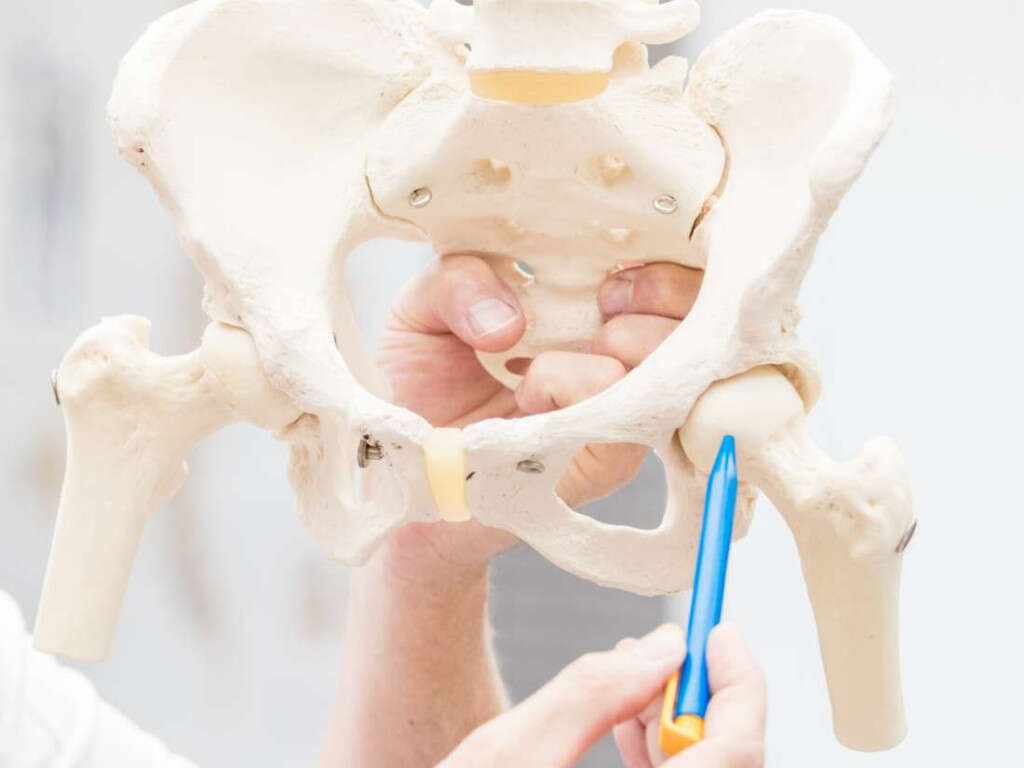10 Femur Fracture Symptoms
The thighbone, also known as the femur, is the long bone that connects the lower leg bones to the hip. The femur is one of the largest and most important bones in the body. It bears a lot of the weight of the torso and head and is important for maintaining our mobility. Unfortunately, just like any other bone in our body, the femur is liable to damage. The bone can break or crack. A crack in the femur is known as a fracture. Fortunately, since the bone is so large and strong, it generally takes quite a bit of force to actually deal enough damage to the femur for it to fracture.
The most common causes of a femur fracture are high-intensity traumatic accidents. These can include things like car crashes, accidents with heavy machinery in the workplace, very high falls, or injuries resulting from fights and sports. If the femur fractures as a result of a mild injury, then this could indicate that the health of your bones is compromised and that there is an underlying medical issue that you should be seeking treatment for. The thigh can fracture in different areas. If it fractures just above the knee joint, this particular form of fracture is referred to as a distal femur fracture. The distal femur is the term used to describe the bone where it flares outward like a cone before connecting with the knee. These fractures are most likely to occur in elderly people or in others who have problems that compromise the strength of their bones.
The knee is the largest weight-bearing joint in the body, so if you fracture your thigh or any other bone that affects the knee, you will experience a number of symptoms that will interfere with your quality of life. Most people who fracture their thigh are unable to walk without significant difficulty or great pain. A reduction in overall mobility usually occurs as well. Chances are if you’ve fractured your thigh, you will be in enough pain or discomfort to assure yourself that you need medical attention. However, if you are still wondering whether or not your thigh has actually been fractured, it can be useful to read a list of symptoms so that you can be certain that the injury that you’re suffering from is a fracture. Below is a list of the most common symptoms of a femur fracture.
Symptom #1: Pain
The first and foremost symptom that most people experience when they fracture their thigh is pain. In some cases, the pain will initially strike as fierce and intense at the moment that the bone fractures. In other cases, people may first enter a state of shock when they fracture their leg—such as those who are involved in spontaneous accidents such as a car crash.
Regardless of what the initial shock is like, people who fracture their thigh tend to experience a significant amount of pain after the bone is fractured. This is particularly true if they try to walk or if any pressure is applied to the area. Getting a splint and a cast and adhering to weight bearing precautions as advised by your doctor is the best way to avoid any unnecessary pain when you’ve fractured your leg.
Symptom #2: Swelling
Another thing that people may notice when they have fractured their leg is a degree of swelling. Depending on how and where the fracture occurred, you may experience a mild or a significant amount of swelling.
There are a number of reasons that this could occur. Fluid or blood can accumulate in the area, leading to a bulge. It’s also possible that there will be some inflammation in the area, which can lead to swelling.

Symptom #3: Bruising
Bruising is another symptom that might occur once you’ve fractured your thigh. Bruising occurs when blood vessels break and blood accumulates under the skin. This is what leads to the discoloration and the typical appearance of a bruise.
It’s no surprise that fracturing your leg bone could lead to broken blood vessels. The bruising will depend on where and how severely you have fractured your leg. Some people experience no bruising at all.
Symptom #4: Difficulty Bearing Weight
In some cases, a person may not realize that they have actually fractured their leg until they realize that they have trouble bearing weight on the injured leg. Some folks, such as sports players, who are used to mild-to-moderate injuries, may simply think that their fractured leg is just severe bruising.
If you have consistent trouble putting weight on your leg then it’s quite possible that you’ve fractured it or developed some sort of other injury that’s worthy of medical attention.

Symptom #5: Tenderness
Tenderness is a bit different than pain. Pain can occur at all times regardless of whether or not pressure is actually being applied to the affected area.
Tenderness, however, is a very sensitive feeling that occurs when you touch the area that’s been injured.
Symptom #6: Limited Range of Motion
Another thing that people experience when they’ve fractured their leg is a reduced range of motion.
People with fractured legs are generally unable to bend over, pick things up, or even walk. Even with a cast, range of motion will be significantly reduced.

Symptom #7: Deformity
Another thing that you may notice if you’ve experienced a relatively serious thigh fracture is some degree of deformity.
If you have fractured the bone to the degree that it’s actually separated or rearranged itself in some way, then your leg may appear to have some sort of bump or your leg might seem crooked.
Symptom #8: Visible Bone
Some people fracture or break their thigh bones in such a way that their bone actually manages to make its way through the skin.
If this happens, the obvious solution is to seek medical attention immediately.

Symptom #9: Internal Bleeding
In serious cases, thigh fractures can cause a degree of internal bleeding that can be life-threatening.
Some people have been reported to have lost more than a quart of blood within their body during a thigh fracture. This can lead to problems such as dizziness, confusion, and even death.
Symptom #10: Blood Clots
Another issue that can occur as a result of a thigh fracture is blood clots.
Blood clots are not always serious, but if they occur as a result of a thigh fracture, they can lead to the need for medical intervention. Large blood clots that occur in big veins can interrupt the flow of blood throughout the body and cause death.











